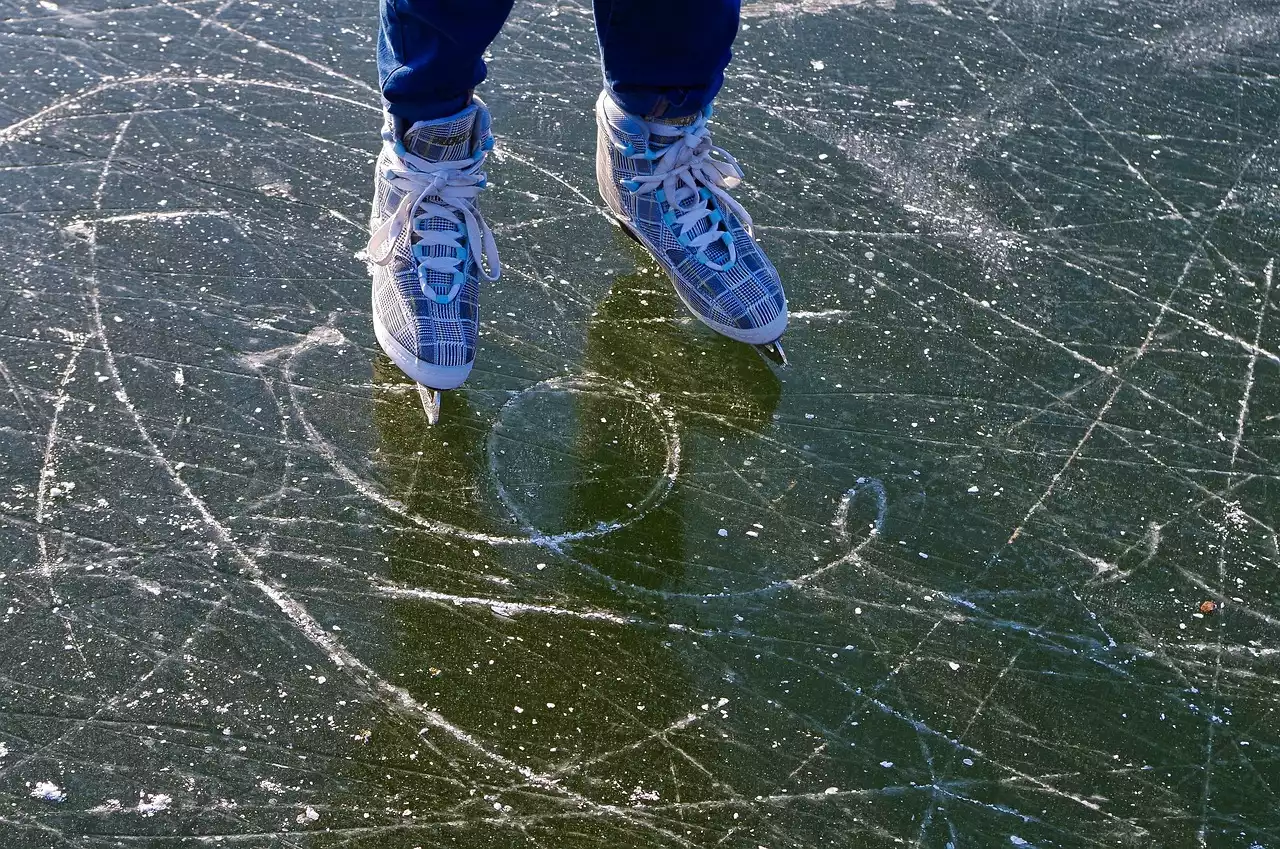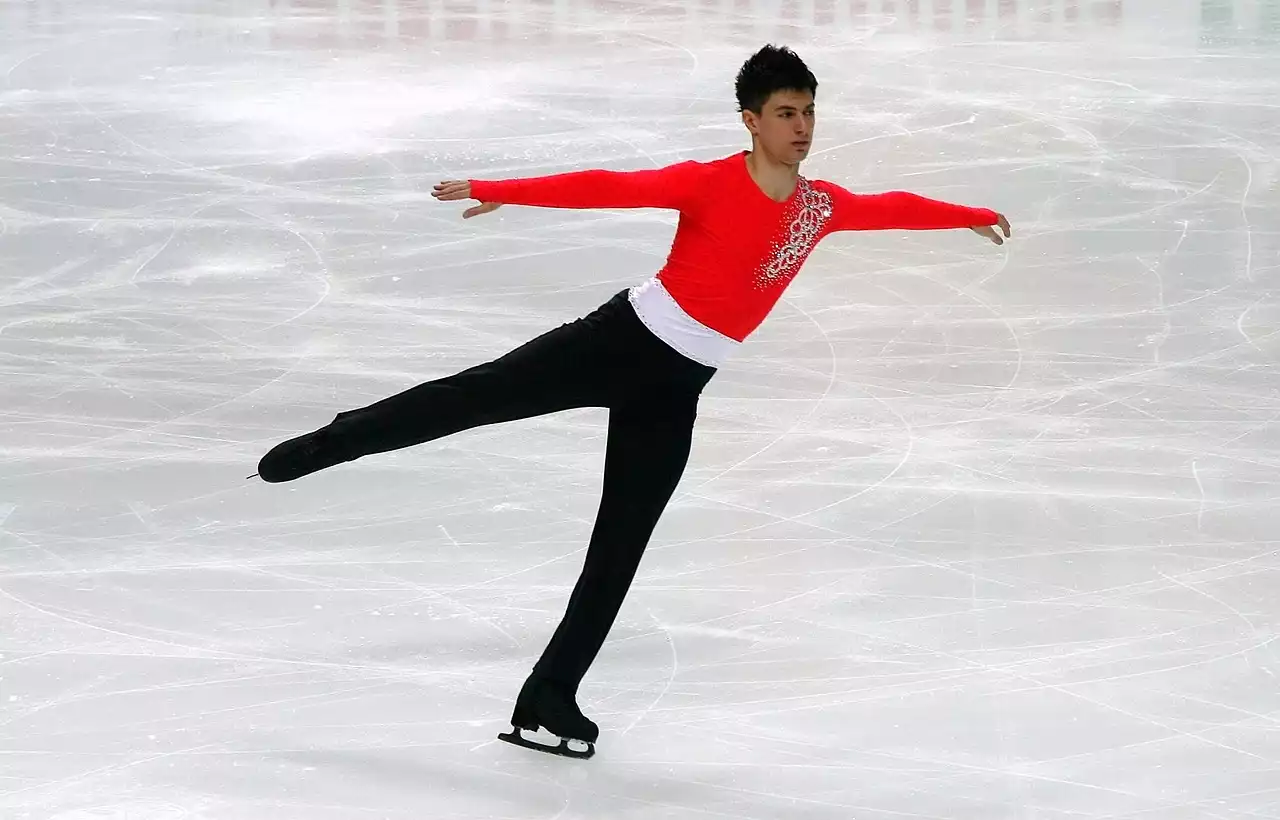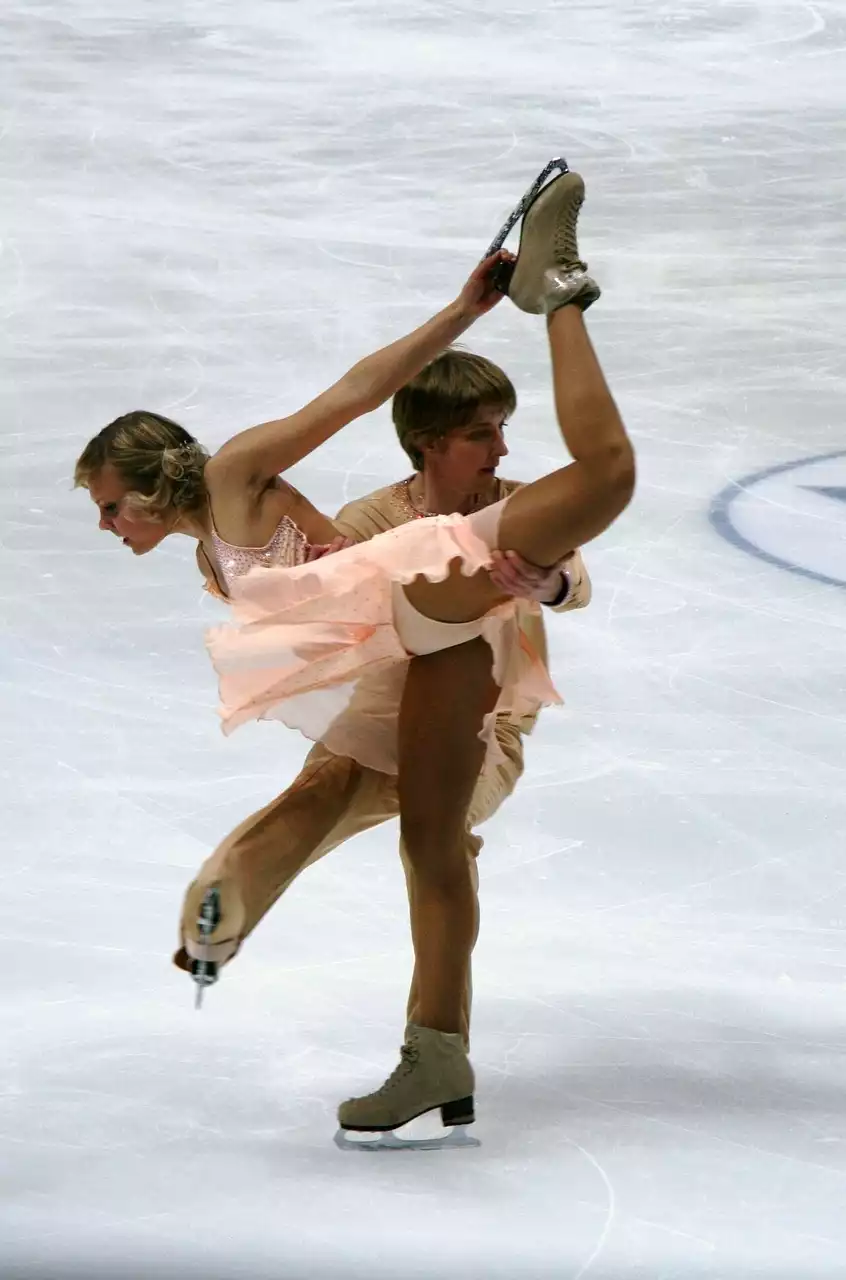The Importance of Safety in Ice Skating
Ice skating is a popular winter activity enjoyed by people of all ages. However, it's crucial to understand the importance of safety when stepping onto the ice. Skating on ice poses certain risks, and being aware of these risks is the first step towards ensuring a safe experience. One of the main reasons why safety is paramount in ice skating is the potential for falls and collisions. The slippery nature of the ice can make it challenging to maintain balance, especially for beginners. Falls can lead to various injuries, ranging from minor bruises to more serious fractures or head injuries. Additionally, collisions with other skaters or objects on the rink can also result in accidents. Therefore, taking safety precautions and following guidelines is essential to minimize these risks.
To promote safety in ice skating, it's important to foster a culture of awareness and responsibility on the rink. Skaters should always be mindful of their surroundings and respect the rules and guidelines set by the ice skating facility. By prioritizing safety, skaters can enjoy the activity with peace of mind, knowing that they are taking the necessary precautions to protect themselves and others.
Understanding the Risks of Ice Skating
Before venturing onto the ice, it's crucial to have a clear understanding of the potential risks involved in ice skating. By being aware of these risks, skaters can take appropriate measures to minimize the chances of accidents and injuries. One of the primary risks in ice skating is falling. The slippery surface of the ice can make it challenging to maintain balance, especially for beginners or those skating at high speeds. Falls can lead to various injuries, such as sprains, strains, and fractures. It's important to learn proper falling techniques to minimize the impact and reduce the risk of injury.
Another risk to consider is the possibility of collisions. Skating in crowded rinks or not paying attention to other skaters can increase the chances of accidents. Collisions can result in injuries to various parts of the body, including the head, knees, or wrists. Skaters should always be aware of their surroundings and maintain a safe distance from others to avoid collisions. It's also important to be cautious of objects on the rink, such as barriers or obstacles that can pose a risk if not noticed in time.
Additionally, outdoor ice skating poses additional risks compared to indoor rinks. Outdoor ice conditions can vary, and skaters should be cautious of factors such as thin ice or cracks. Skating on unsafe ice can lead to falls through the ice or other accidents. It's crucial to recognize and avoid dangerous ice conditions, ensuring a safe and enjoyable experience.
By understanding the risks associated with ice skating, skaters can take proactive measures to minimize these risks and enjoy the activity safely.
Essential Safety Gear for Ice Skating
When it comes to ice skating, wearing the right gear is essential for ensuring safety on the rink. Here are some essential safety gear items that every ice skater should have:
1. Skates: Investing in a good pair of ice skates is crucial for both comfort and safety. Skates should fit properly, providing ankle support and a snug fit. It's important to have skates that are appropriate for your skill level and the type of skating you'll be doing.
2. Helmet: Wearing a helmet is highly recommended, especially for beginners or those engaging in more advanced skating maneuvers. Helmets can protect against head injuries in case of falls or collisions. Look for helmets specifically designed for ice skating, which offer impact protection and a secure fit.
3. Pads and Guards: Knee pads, elbow pads, and wrist guards are additional gear items that can provide extra protection during falls. These pads can help cushion the impact and reduce the risk of injuries, particularly for beginners or those practicing more advanced moves.
4. Appropriate Clothing: Dressing appropriately for ice skating is important for both comfort and safety. Wear warm, layered clothing to protect against the cold, and ensure that your clothing allows for freedom of movement. Avoid loose or baggy clothing that can get caught on skates or hinder movement.
5. Gloves: Wearing gloves is not only a matter of keeping your hands warm but also provides protection during falls. Gloves can help prevent cuts or abrasions from the ice surface and offer a better grip on the skate handles.
Having the right gear not only enhances your safety but also improves your overall skating experience. Make sure to invest in quality gear that fits properly and provides the necessary protection.
Preparing Your Body for Safe Ice Skating
Before hitting the ice, it's important to prepare your body to ensure safe and enjoyable ice skating. Here are some tips to get your body ready for the activity:
1. Warm-up Exercises: Just like any physical activity, warming up before ice skating is crucial. Engage in some light aerobic exercises to increase your heart rate and warm up your muscles. Incorporate dynamic stretching exercises to improve flexibility and prevent muscle strains.
2. Strengthening Exercises: Strengthening your core muscles, legs, and ankles can greatly improve your balance and stability on the ice. Incorporate exercises such as squats, lunges, and calf raises into your regular workout routine.
3. Balance Training: Balance is key in ice skating. Practice balance exercises such as standing on one leg or using a balance board to improve your stability on the ice. This will help you maintain control and prevent falls.
4. Proper Nutrition and Hydration: Fueling your body with the right nutrients and staying hydrated is essential for optimal performance and injury prevention. Eat a balanced diet rich in fruits, vegetables, lean proteins, and whole grains. Stay hydrated by drinking water before, during, and after skating sessions.
By preparing your body before ice skating, you'll be able to perform better, reduce the risk of injuries, and have a more enjoyable time on the ice.
Proper Techniques for Falling Safely on the Ice
Falling is an inevitable part of ice skating, especially for beginners or those attempting more advanced moves. However, learning how to fall safely can greatly reduce the risk of injuries. Here are some techniques to help you fall safely on the ice:
1.Bend Your Knees: When you feel yourself losing balance, bend your knees and lower your center of gravity. This will help you maintain control and minimize the impact of the fall.
2. Protect Your Head: As you fall, try to tuck your chin to your chest to protect your head. Avoid hitting your head on the ice by keeping it as protected as possible.
3. Use Your Forearms: As you fall, try to land on your forearms rather than your hands or wrists. This can help absorb the impact and prevent wrist injuries.
4. Roll with the Fall: If possible, try to roll with the fall rather than resisting it. Rolling can distribute the impact and reduce the chances of sprains or fractures.
5. Relax: While it may be instinctive to tense up during a fall, try to relax your body as much as possible. Tensed muscles can increase the risk of injuries, so try to stay loose and go with the flow of the fall.
Practicing falling techniques can help build your confidence on the ice and reduce the fear of falling. Remember, falling is a normal part of learning and improving in ice skating, so don't be discouraged if it happens. Focus on learning from each fall and getting back up to continue enjoying the activity.
Tips for Preventing Common Ice Skating Injuries
Ice skating injuries can range from minor bruises to more serious fractures or head injuries. While accidents can happen, there are several tips you can follow to help prevent common ice skating injuries:
1. Master the Basics: Before attempting more advanced moves, make sure you have a solid foundation in the basics of ice skating. Learn to balance, glide, and stop properly before moving on to jumps or spins.
2. Start Slow: If you're a beginner, start at a slower pace and gradually increase your speed as you gain confidence and control. Trying to skate too fast before mastering the basics can lead to accidents.
3. Avoid Overexertion: Ice skating can be physically demanding, so listen to your body and take breaks when needed. Pushing yourself too hard can lead to fatigue, which increases the risk of injuries.
4. Pay Attention to Ice Conditions: Be aware of the ice conditions and adjust your skating accordingly. If the ice is rough or bumpy, slow down and skate more cautiously. Avoid skating on thin ice or areas with visible cracks.
5. Maintain a Safe Distance: When skating with others, maintain a safe distance to prevent collisions. Skaters should always be aware of their surroundings and avoid sudden stops or changes in direction that can catch others off guard.
6. Follow the Rules: Respect the rules and guidelines set by the ice skating facility. These rules are in place to ensure the safety of all skaters. Avoid reckless behavior or engaging in activities that can put yourself or others at risk.
By following these tips, you can significantly reduce the risk of common ice skating injuries and have a safer skating experience.
Safety Guidelines for Skating on Outdoor Ice Rinks
Skating on outdoor ice rinks can provide a unique and enjoyable experience. However, it's important to be aware of the specific safety guidelines when skating in outdoor settings. Here are some tips for skating on outdoor ice rinks:
1. Check Ice Conditions: Before stepping onto the ice, check the ice conditions to ensure it is safe for skating. Look for signs of cracks, holes, or thin ice. Avoid skating on frozen bodies of water unless they have been declared safe by local authorities.
2. Dress for the Weather: Outdoor ice skating exposes you to colder temperatures, so dress appropriately. Wear warm, layered clothing to protect against the cold, and don't forget to wear gloves and a hat. Consider wearing thicker socks to keep your feet warm.
3. Be Aware of Surroundings: Outdoor ice rinks may have additional hazards compared to indoor rinks. Be cautious of natural obstacles such as tree branches, rocks, or uneven surfaces. Pay attention to your surroundings and skate carefully to avoid accidents.
4. Skate in Designated Areas: Stick to designated skating areas and avoid venturing onto areas that are not intended for skating. These areas may have hidden dangers or be unsafe for skating.
5. Stay Visible: If skating during low-light conditions, make sure to wear reflective clothing or use reflective accessories to enhance visibility. This will help others see you more easily and reduce the risk of collisions.
6. Skate with a Buddy: When skating on outdoor ice rinks, it's always a good idea to have a skating buddy. Skating with someone else can provide an extra level of safety, as you can look out for each other and help in case of emergencies.
By following these safety guidelines, you can have a safe and enjoyable experience when skating on outdoor ice rinks.
Recognizing and Avoiding Dangerous Ice Conditions
When it comes to ice skating, recognizing and avoiding dangerous ice conditions is crucial for your safety. Here are some tips to help you identify and steer clear of dangerous ice conditions:
1. Thin Ice: Thin ice is a significant hazard and can be difficult to spot. Avoid skating on ice that appears thin, cracked, or has visible signs of water seeping through. If in doubt, seek advice from local authorities or skate on designated and maintained ice rinks.
2. Cracks and Holes: Pay attention to any visible cracks or holes on the ice surface. These can be potential danger zones and should be avoided. If you notice any cracks or holes while skating, steer clear of them and inform the proper authorities.
3. Discolored Ice: Discolored ice can be an indication of weakness or lower density. Avoid skating on ice that appears discolored, as it may indicate a higher risk of cracking or breaking.
4. Unfamiliar Bodies of Water: Avoid skating on frozen bodies of water that you are not familiar with or have not been declared safe by local authorities. These bodies of water may have unpredictable ice conditions or hidden dangers.
5. Follow Local Guidelines: Stay informed about local guidelines and regulations regarding ice skating. Local authorities often provide information about safe skating areas and regularly inspect the ice conditions. Follow their advice and adhere to any warnings or restrictions.
Remember, safety should always be your top priority when it comes to ice skating. If you encounter dangerous ice conditions or feel unsure about the safety of the ice, it's best to err on the side of caution and avoid skating.










